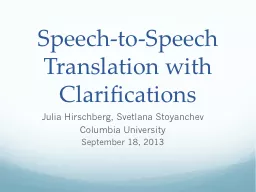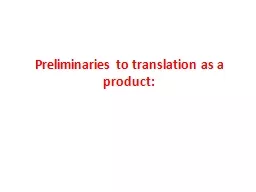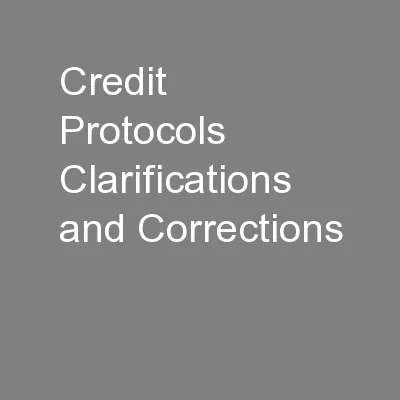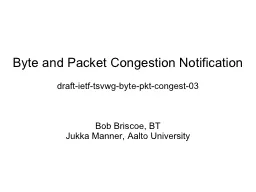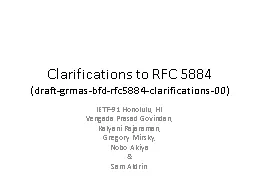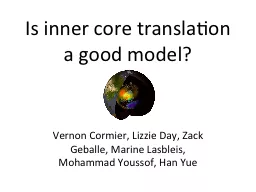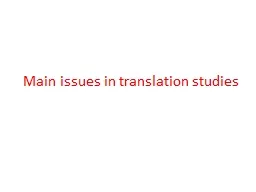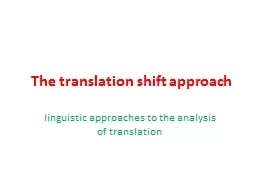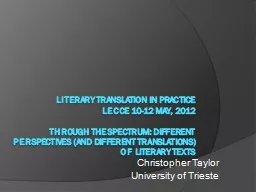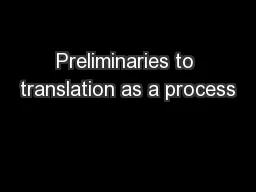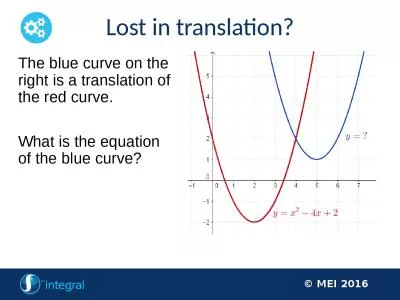PPT-Speech-to-Speech Translation with Clarifications
Author : tatiana-dople | Published Date : 2016-03-02
Julia Hirschberg Svetlana Stoyanchev Columbia University September 18 2013 Outline Main Problem Key Ideas Solution Details Impact Issues Gaps and Future work Speech
Presentation Embed Code
Download Presentation
Download Presentation The PPT/PDF document "Speech-to-Speech Translation with Clarif..." is the property of its rightful owner. Permission is granted to download and print the materials on this website for personal, non-commercial use only, and to display it on your personal computer provided you do not modify the materials and that you retain all copyright notices contained in the materials. By downloading content from our website, you accept the terms of this agreement.
Speech-to-Speech Translation with Clarifications: Transcript
Download Rules Of Document
"Speech-to-Speech Translation with Clarifications"The content belongs to its owner. You may download and print it for personal use, without modification, and keep all copyright notices. By downloading, you agree to these terms.
Related Documents

